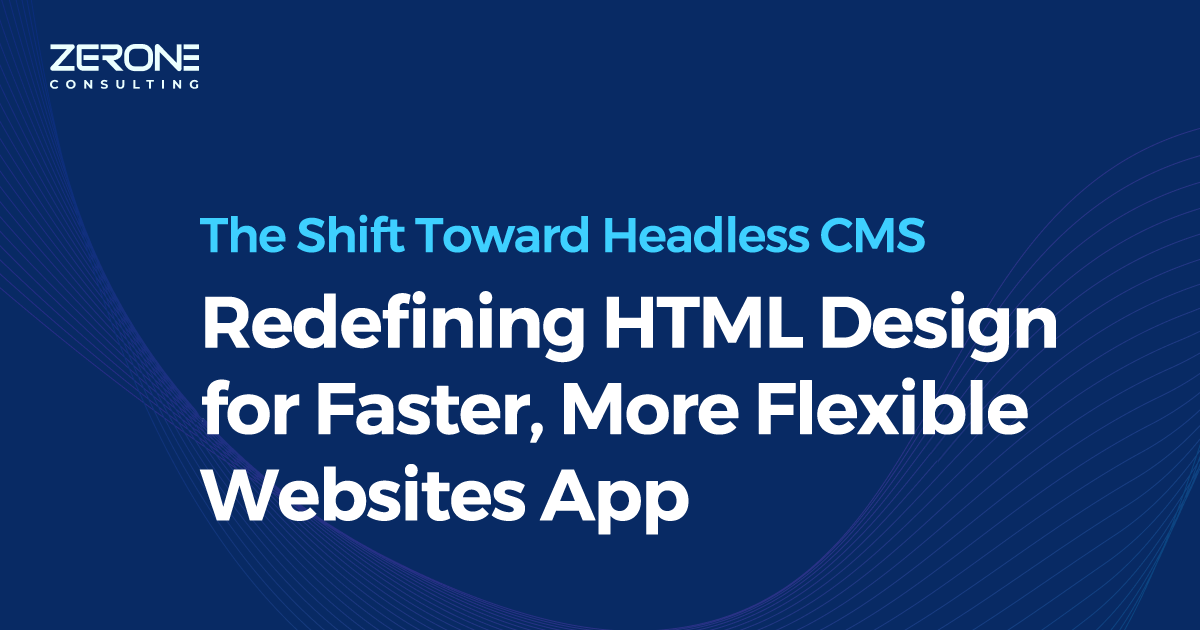Want to discuss your project?
We can help!
We can help!
Follow us on LinkedIn for future updates
Related blogs



